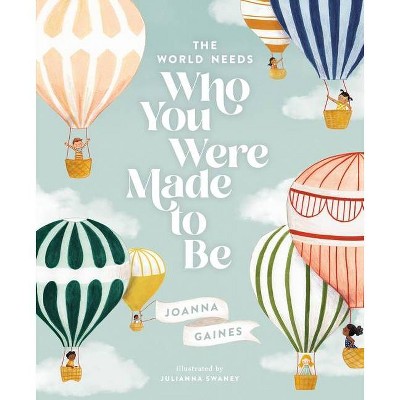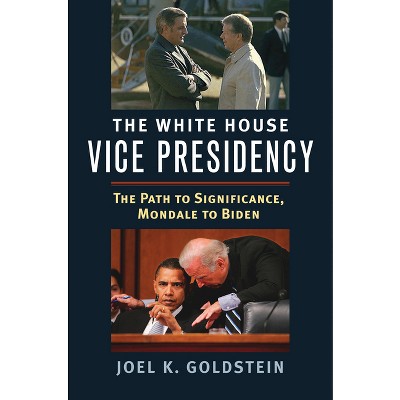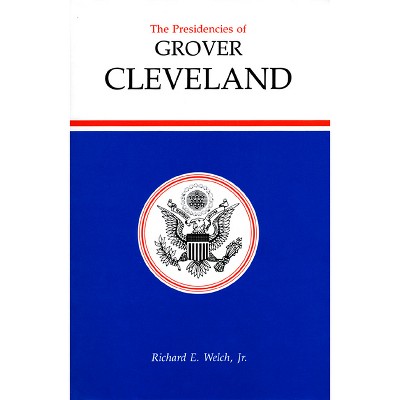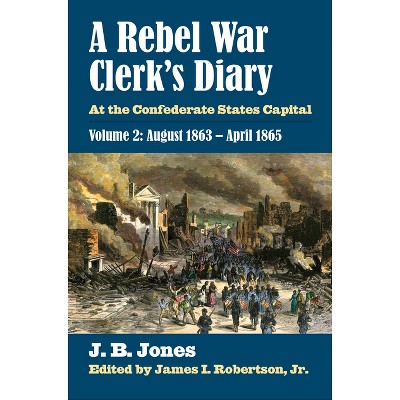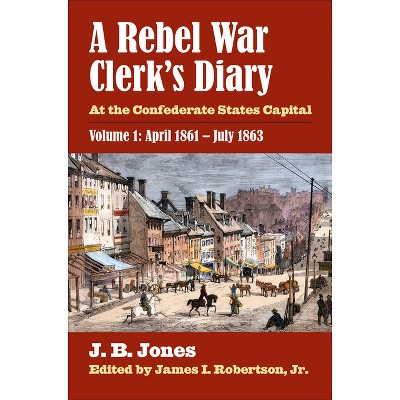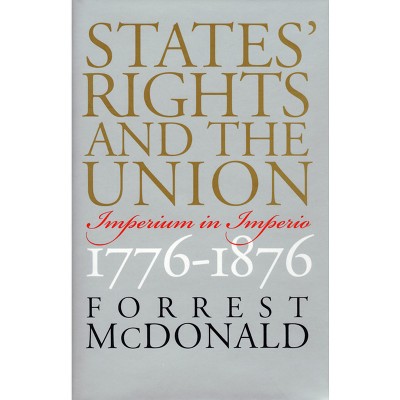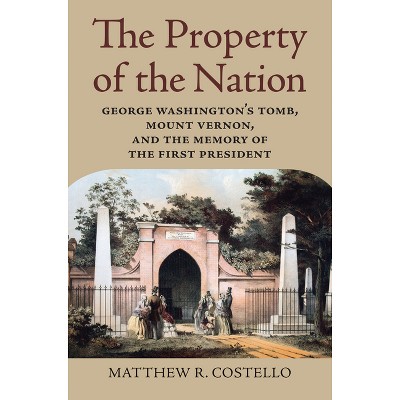Structuring Poverty in the Windy City - by Joel E Black (Paperback)

About this item
Highlights
- The Great Chicago Fire in October 1871 destroyed 2,600 acres and left tens of thousands without housing, food, fuel, or clothing.
- Author(s): Joel E Black
- 256 Pages
- History, United States
Description
About the Book
How the Great Chicago Fire of 1871 galvanized reformers, social scientists, and journalists and inspired them to not only rebuild the city, but also "rebuild" poor individuals.Book Synopsis
The Great Chicago Fire in October 1871 destroyed 2,600 acres and left tens of thousands without housing, food, fuel, or clothing. In the aftermath the mayor handed all relief duties to the commercial elite at the Chicago Relief and Aid Society. This was, as Joel E. Black's provocative study shows, a critical decision--one that ensured that Chicago's physical rebuilding would be coupled with an equally ambitious rebuilding of the city's poor, as reformers, social scientists, and journalists set out to interpret and define Chicago's jobless, wayward, and migrating populations. What emerged from this effort was a new form of social and quasi-governmental authority based on poverty--a web of political and legal theories and practices rooted in the conditions of the poor. This authority is the subject of Structuring Poverty in the Windy City. In the decades after the Chicago Fire, the process begun by the Relief and Aid Society would expand outward--from jobless men to workingwomen to southern African American migrants, each defined by, and defining, poverty. Drawing on local newspapers, magazines, commissions, and legal decisions and documents from archives in Chicago, Black tells the stories of "tramps," sex workers, and migrants caught within the structures of poverty; he also describes the legal and social order compelling their reform to the strictures of that selfsame order. As it reveals the central role of the impoverished in the creation of a legal order, Black's book stresses the effect of social ideas on legal thinking, which was reflected in the policies of the New Deal and, even now, in the politics of poverty and social engineering.Review Quotes
"Structuring Poverty in the Windy City is a very important contribution to our knowledge of American, urban, and Chicago history at the end of the nineteenth and the beginning of the twentieth centuries with the socially contested development of poverty law. Chicago and the United States more generally sought to control poverty by defining the autonomy which paid work conveyed; the virtue of women who were wives, housewives, and mothers; and the isolation of the growing African American population. It tried to regulate, if not eliminate, various forms of poverty under a theory developed by social scientists, journalists and public officials. This book should be read by those who care about Chicago history, urban history, and American history but also those who want to understand the development of law, public administration, and public policy."--Dick Simpson, coauthor of Winning Elections in the 21st Century
"Protests in Ferguson and other cities exposed the ways police and courts have created modern debtors' prisons that often punish people for being poor and being black. In an impressively researched volume, Joel Black traces the origins of similar structures of state power in Chicago from the time of the Great Fire (1871) to Roosevelt's New Deal. Ideas about poverty, gender, and race legitimated state control over people's lives that undermined autonomy and personal responsibility. Structuring Poverty in the Windy City is a cautionary tale for our time."--Todd Swanstrom, coauthor of Place Matters: Metropolitics for the Twenty-First Century, Third Edition, Revised
"Joel Black has dug deep into Chicago's post-fire archives to reveal how structures of poverty were constituted in law, social policy, and the moral opprobrium of erstwhile reformers. This is the story of people who got caught up in those structures and the class, racial, and gendered hierarchies they reinforced. But it is also the story of how people fought back to challenge and undermine institutionalized practices of punishment and blame, in ways that remain as instructive and relevant today as they were a century ago."--Alice O'Connor, professor of history, University of California, Santa Barbara
"[An] engaging and ambitiously researched contribution to urban history, public policy, and legal studies."--Journal of Interdisciplinary History





